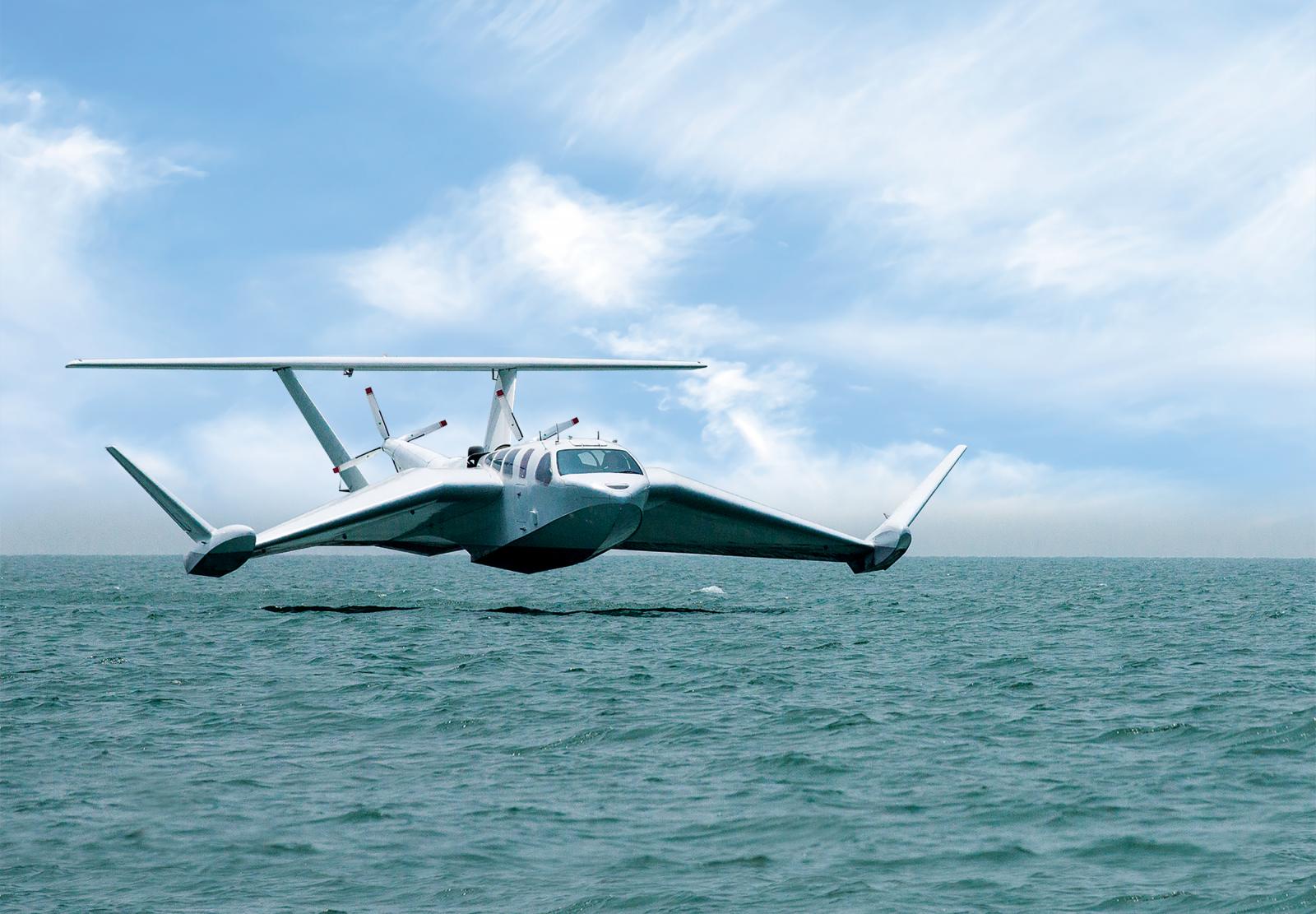ST Engineering and Wigetworks have initiated a joint venture aimed at developing a diverse range of aircraft based on the Airfish 8 wing-in-ground (WIG) effect technology. Wigetworks Private Limited, headquartered in Singapore, is at the helm of this venture, working towards creating innovative Airfish 8 variants for both commercial and “parapublic” applications. The global open-source intelligence company Janes reported that the Airfish 8 will serve as the foundation, with specialized derivatives being tailored for missions such as search and rescue (SAR), ambulance services, civil protection, firefighting, and disaster management. Beyond its utilitarian roles, the technology also holds promise for public transit and luxury transportation. The Airfish 8, a robust 17-meter-class WIG craft, boasts a maximum take-off weight (MTOW) of 5,550 kg in its standard configuration. It can comfortably accommodate a two-person flight crew and up to eight passengers, or alternatively, carry a substantial payload of 1,200 kg. The joint venture aims to secure certification and have its inaugural 10-passenger (including crew) WIG craft operational by 2025, with trials involving certification bodies anticipated to commence in 2024. Initially powered by a General Motors 7.0-liter V8 LS7 petrol engine driving fixed-pitch pusher propellers, the production version aspires to employ two petrol or aero-diesel engines.

The Airfish 8 prototype signifies a pioneering leap towards mass-producing sea-skimming marine vehicles for both commercial and military purposes. This technological advancement builds upon the pioneering groundwork laid by German engineers Hanno Fischer and Alexander Lippisch during the Cold War era. Although the WIG effect concept has been recognized for decades as a potentially efficient means of achieving high-speed marine transportation, its successful introduction to the market has eluded researchers and developers worldwide, despite extensive research and development efforts. WIG crafts are meticulously designed to harness the ground effect generated by their wings, capitalizing on increased aerodynamic lift and reduced induced drag while flying within this zone. This capability enables them to achieve much higher speeds than conventional vessels or aircraft, all while maintaining superior fuel efficiency. Another distinct advantage of WIG crafts lies in their ability to operate in conditions that would typically prohibit the use of seaplanes, making them a versatile choice for various scenarios.

Beyond their immediate applications, WIG crafts unlock the potential for distributed concepts like littoral operations in a contested environment (LOCE) and expeditionary advanced base operations (EABO). The speed, lift, and amphibious capabilities of WIG vehicles offer a uniquely efficient solution to future logistics challenges associated with these emerging concepts. Whether manned or unmanned, WIG crafts could facilitate the deployment, sustainment, and withdrawal of Marine expeditionary forces with lower inherent risks compared to available alternatives. The versatility of WIG crafts extends well beyond the Pacific region. These high-speed vessels can serve as rapid transports and connectors in the Mediterranean, Caribbean, Caspian, and Baltic Seas, significantly reducing transit times for U.S. forces to reach bases and allies. Additionally, their effectiveness extends to Arctic regions and the extensive river systems of the Far North, where large expanses of flat ice and snow provide ideal conditions for WIG aircraft operations. Notably, Russia has taken the lead in allocating resources and investments in the Caspian and Black Seas, as well as the Arctic, and is now leveraging its proven WIG designs for operations in these strategic areas.
















